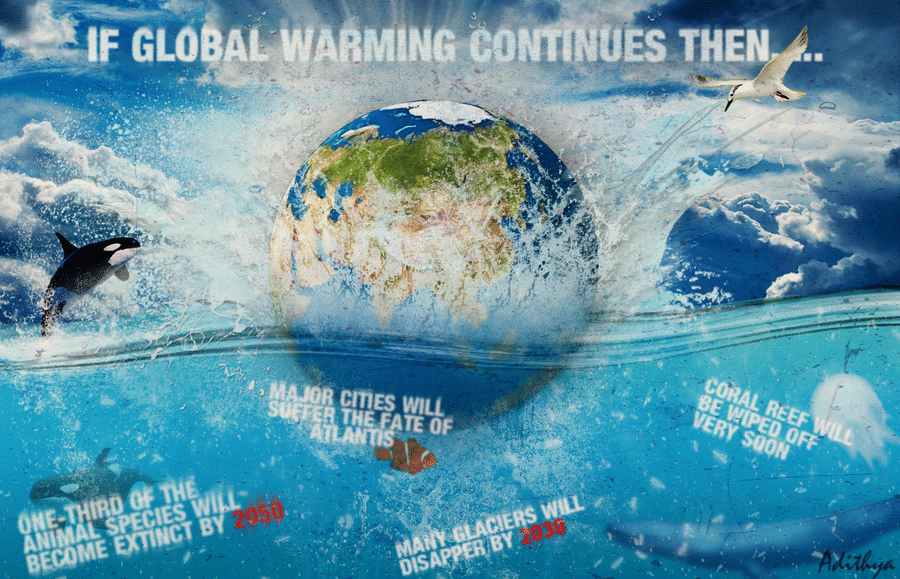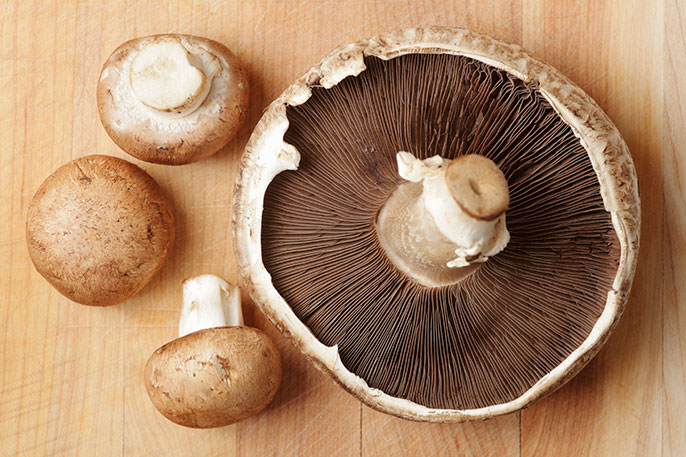A vegetarian is someone who doesn’t eat any meat. Vegetarians must find alternative sources to the nutrient they need.
Protein:
- Protein builds muscles, keeps red blood cells healthy, and helps growth. Good sources include:
- soy/soy products
- meat alternatives (e.g. veggie burgers)
- dried beans, peas, and lentils
- nuts, nut butter, and seeds
- grain
- peanut and peanut butter
- dairy products
- eggs
Iron:
To obtain enough iron, vegetarians must eat twice as much iron as non-vegetarians. Iron from sources like plants aren't absorbed as well as iron from animals. It helps carry oxygen to various parts of the body. The iron from vegetarian sources are better absorbed when eaten with foods rich in Vitamin C. Some good sources are:
- soy/soy products
- meat alternatives
- dried beans, peas, and lentils
- fortified grain products
- nuts and seeds
- prune juice
- dried apricots
- vegetables
Zinc:
Zinc is essential for growth, development, healing wounds, and strengthening immune systems. Some sources are:
- soy/soy products
- dried beans, peas, and lentils
- some nuts
- peanuts/ peanut butter
- pumpkin seeds
- sesame seed butter
- whole grains
Linolenic Acids (Omega-3 Fat)
Omega-3 Fat helps prevent heart disease, helps nerve and brain development, and is important for your eyes. Sources include:
- oils like canola and flaxseed
- ground flaxseed
- soybeans
- tofu
- walnuts
Advice:
Get enough calcium, Vitamin B12, and Vitamin D
Eat fruits, vegetables, grains, legumes, seed, nuts, dairy products, and eggs.
Leafy greens contain lots of calcium.
For more information, visit the links below:
http://www.vegetariannutrition.org/food-pyramid.pdf --- THIS ONE IS MY FAVORITE





